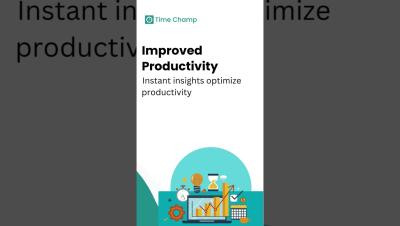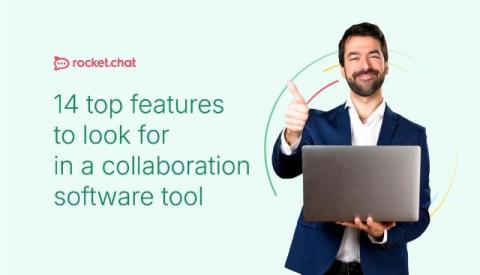Benefits of monitoring tools for At Remote Work
For More Info - https://www.timechamp.io/blogs/
Book Quick Demo - https://www.timechamp.io/book-demo
#timemanagement #EmployeeMonitoring #humanresources #business #mediumbusiness #features #reelsinstagram #shorts #productivity #monitoring #remotework










